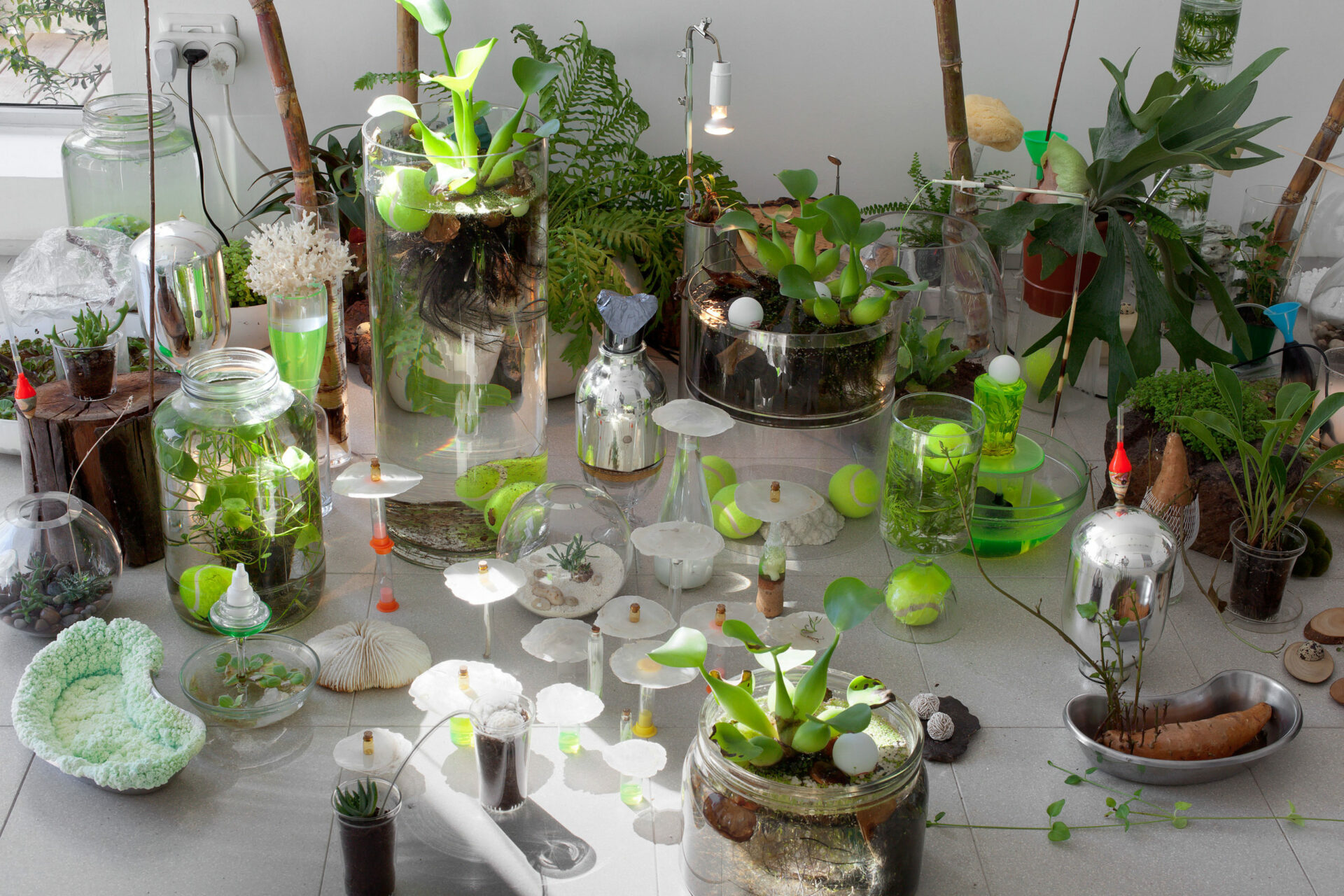By Elyssa Goodman
“Once, I found a butterfly on the couch that Franky Cruz, a local artist, made for the space,” Aimee Rubensteen says. “Now, we joke that we have a living, breathing gallery.”
Rubensteen and business partner Eira Rojas co-own and operate a new gallery called Rojas + Rubensteen Projects, located in Miami’s Little River neighborhood. They’ve dedicated the space not just to featuring works from local artists, but also to expanding discussions in the area’s art world.
Dissatisfied with the proscriptive nature of the current art market, Rojas and Rubensteen wanted their gallery to act as a community space centered around art. “Art should be and can be accessible to anyone,” Rojas says. “I feel that the way people want to consume things is changing as well, and I don’t necessarily believe for myself that I want to sell art in an environment that feels exclusive or forbidding because art is part of a larger conversation.”
Though they’re both South Florida natives, Rojas and Rubensteen discovered their mutual desire for more accessible art spaces when they met in graduate school at London’s Courtauld Institute of Art, from which they both received master’s degrees in art history. Rubensteen also worked in New York at Sotheby’s as a curatorial project manager and independent curator, while Rojas worked at London’s Wilkinson Gallery, Miami’s Mindy Solomon Gallery and Museum of Contemporary Art (MOCA), North Miami. What drives the duo now is finding ways to effect change in the South Florida art scene and addressing topics in ways that are relevant to the area’s residents. Their current show, on display until January 29, is called “Swing State,” in which artists react to the nature of politics on the local and national level.
Fort Lauderdale- and Miami-based artists and art viewers can also stop by to sit and enjoy the space, have their work critiqued at the Community Creatives Series, and engage in panel talks with artists from the gallery’s exhibitions. “We’re clearly a very new space but we’re hoping people can come in and hang out and have some coffee,” Rojas says. “Imagine one of those armchair bookstores, but with art instead of books. That’s how we’d like people to treat this space.”
Originally appeared in the Winter 2016 Issue.




